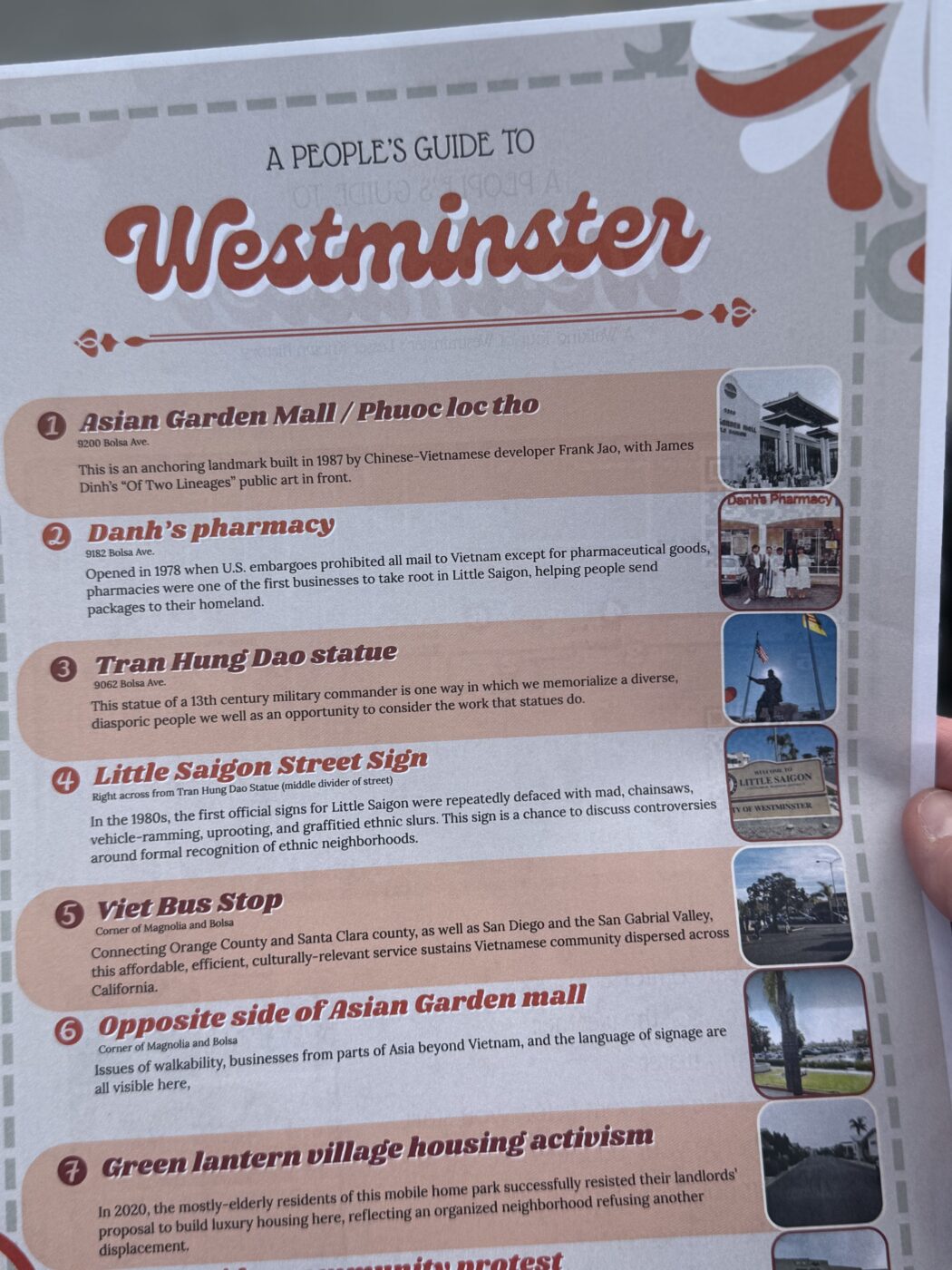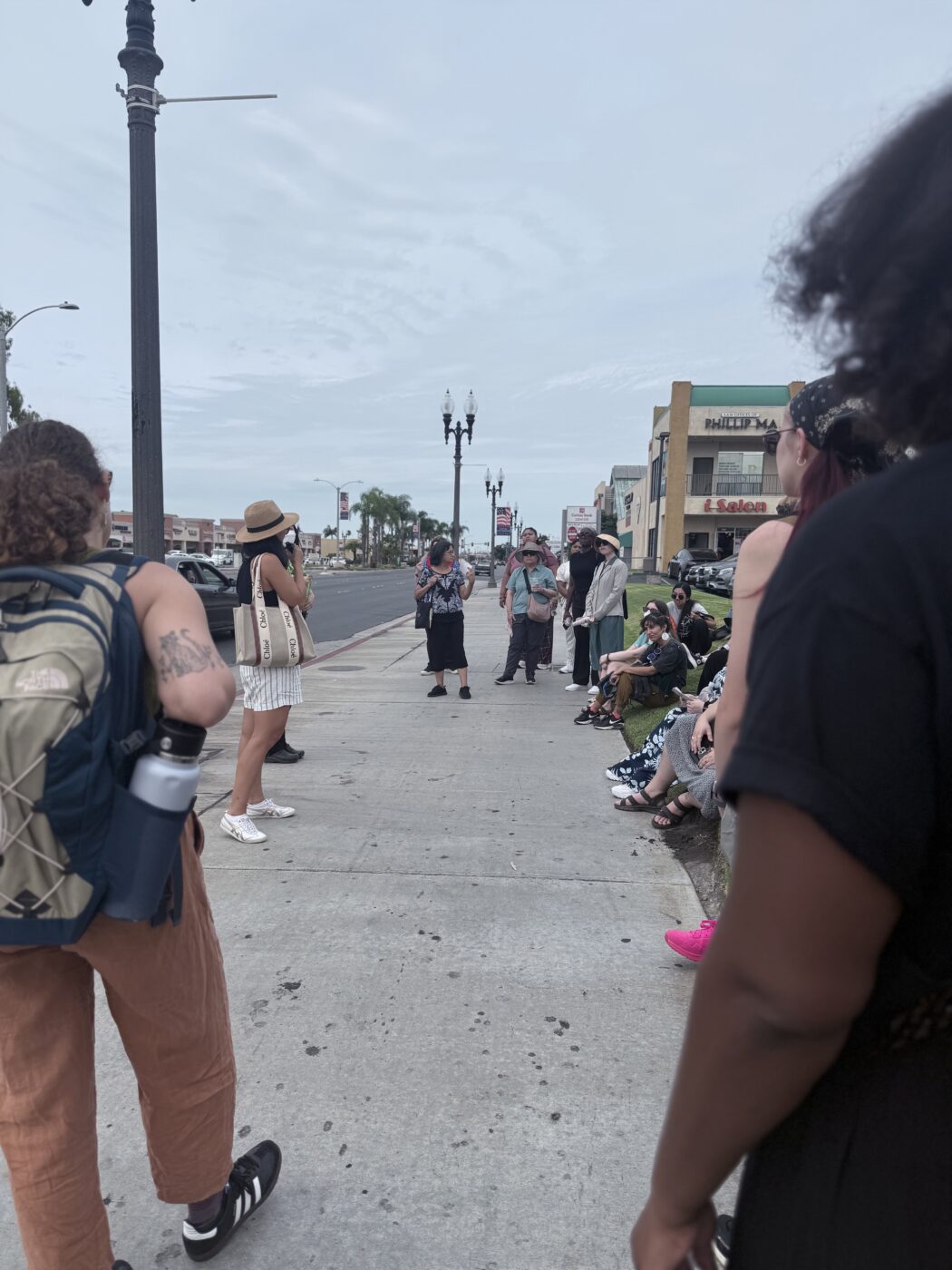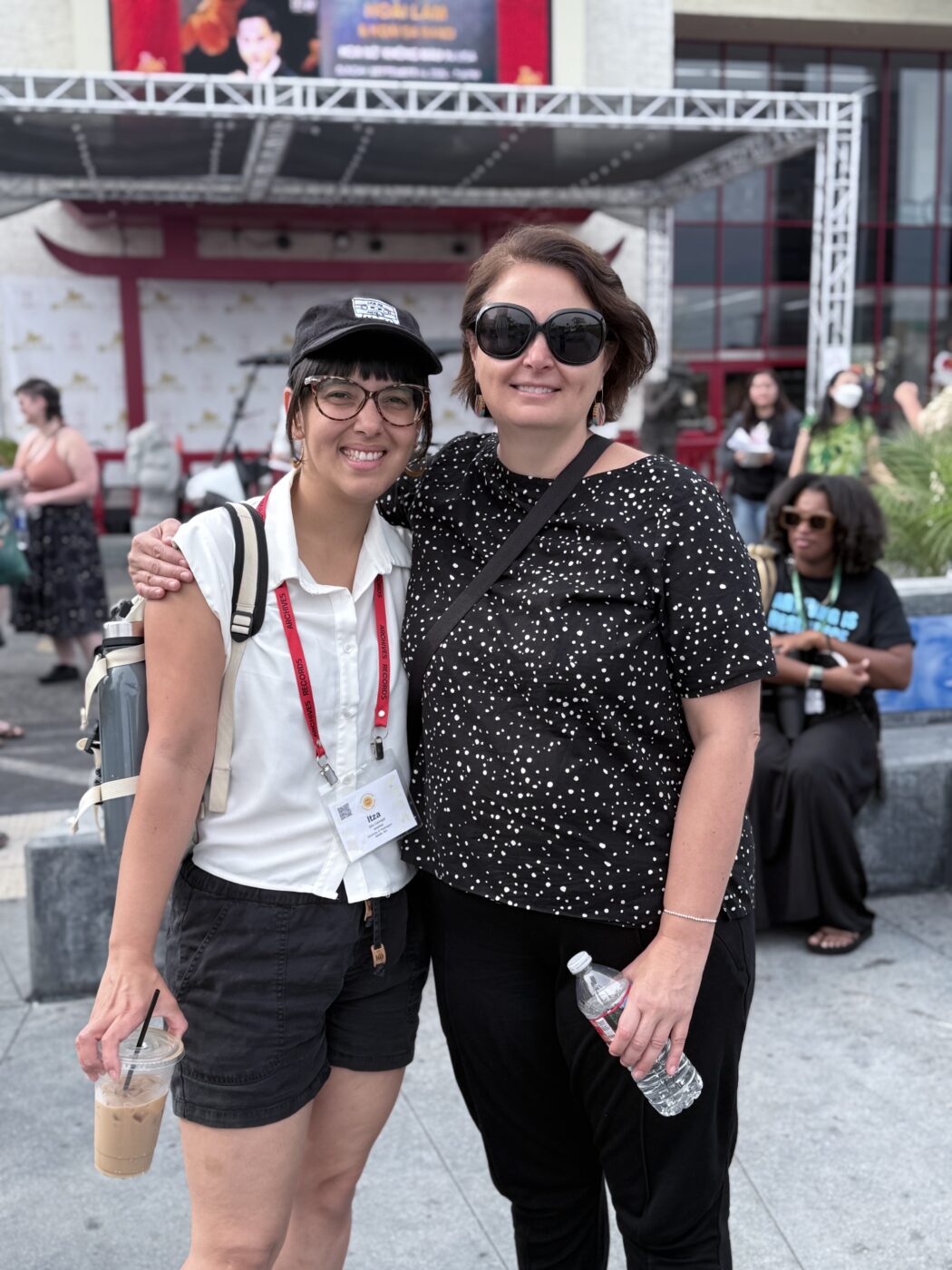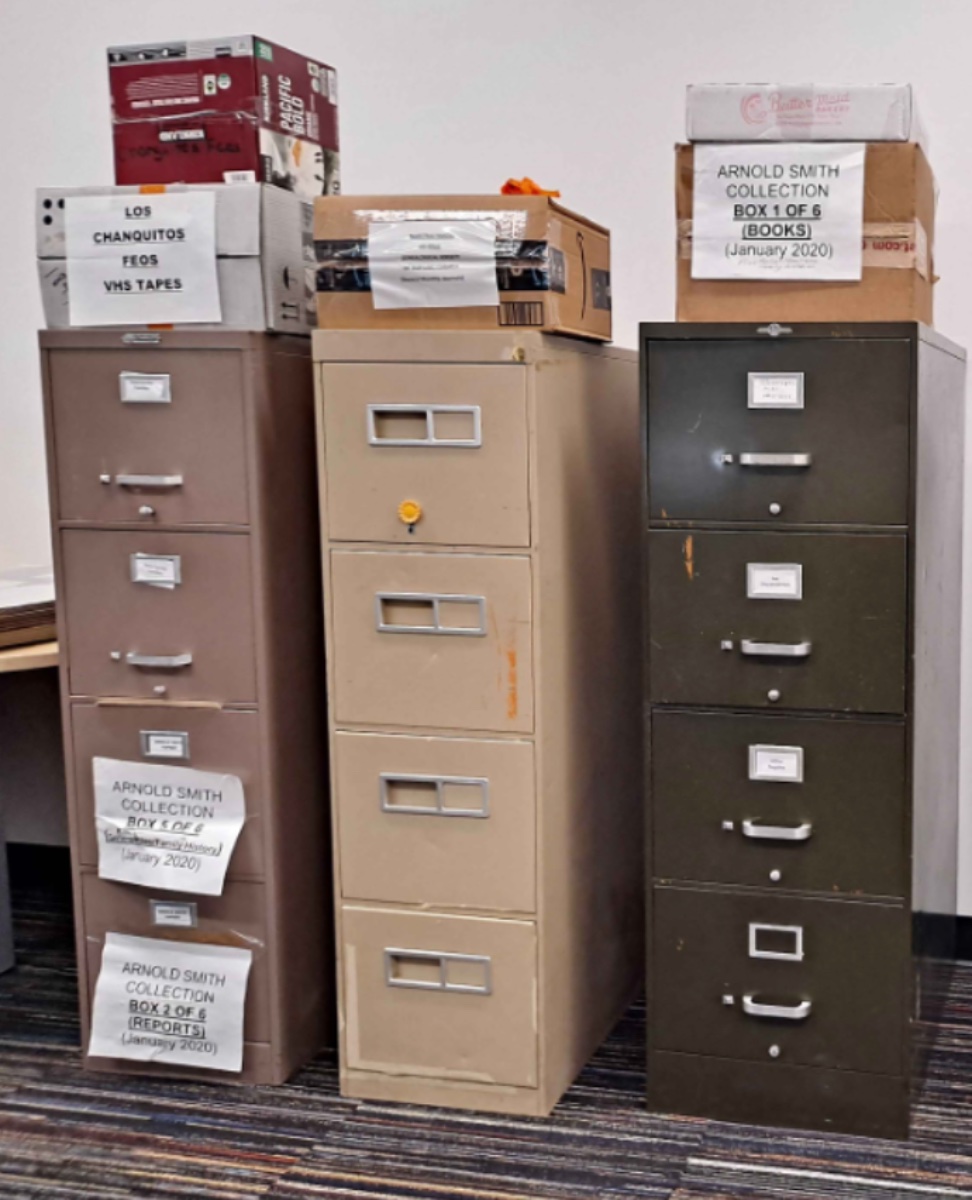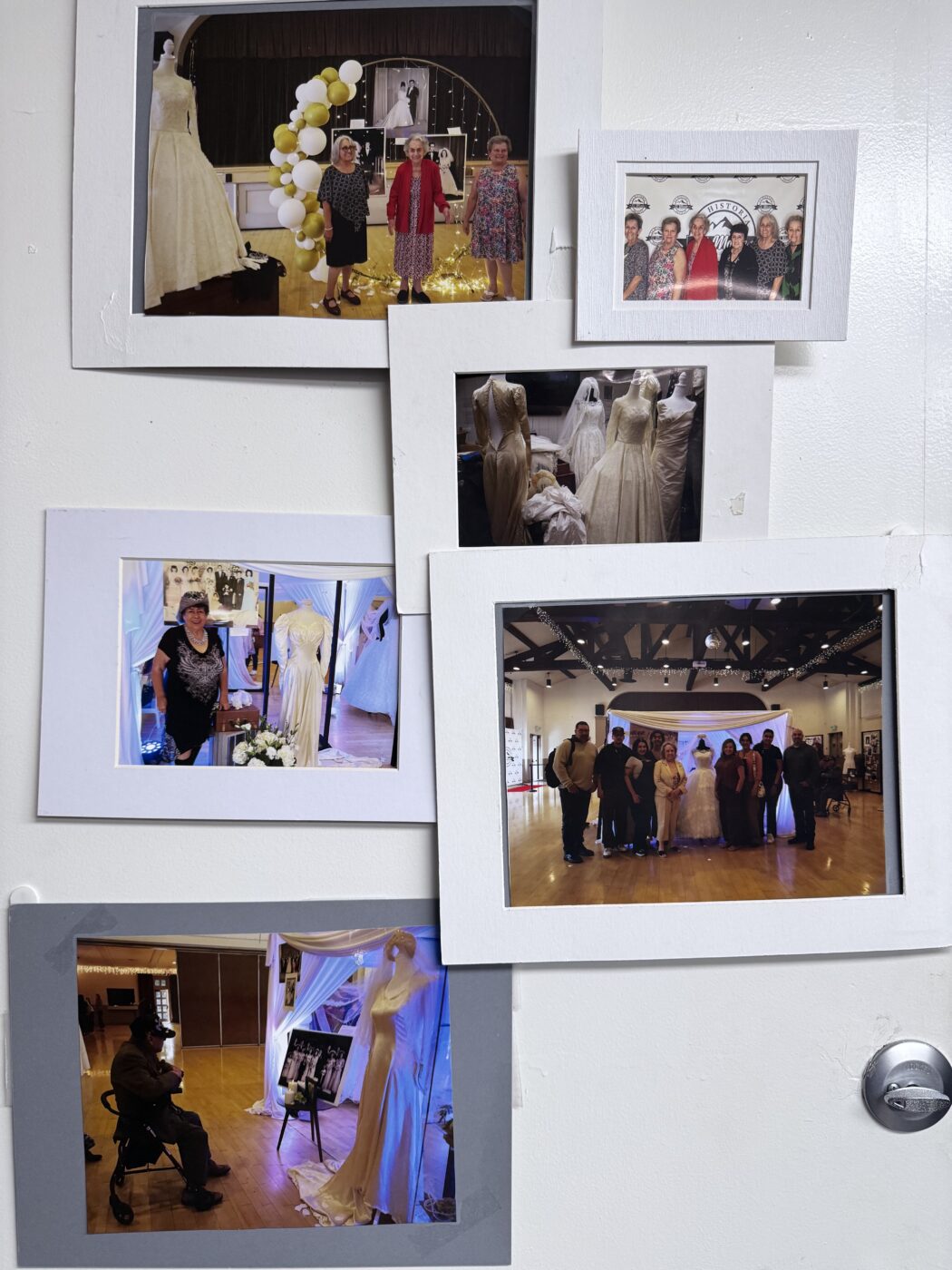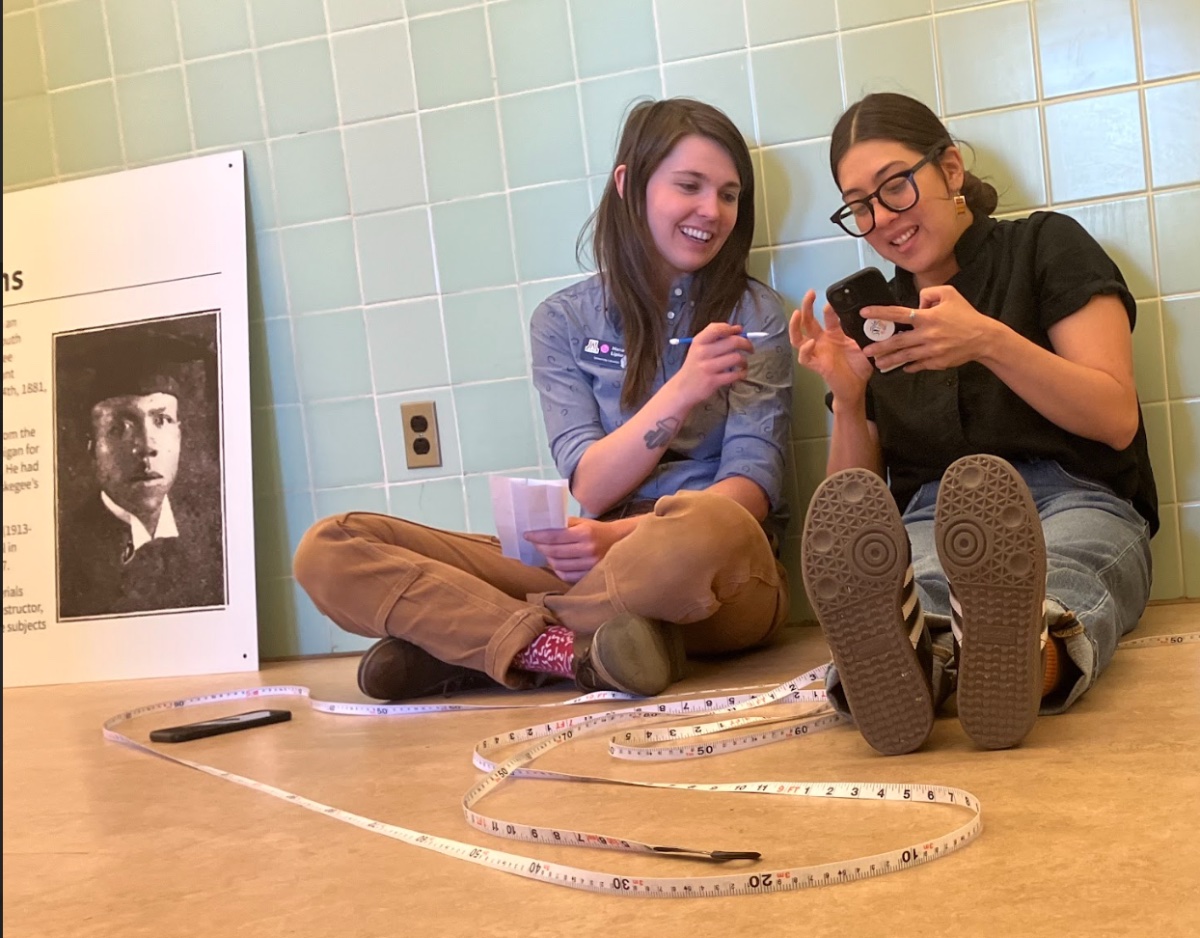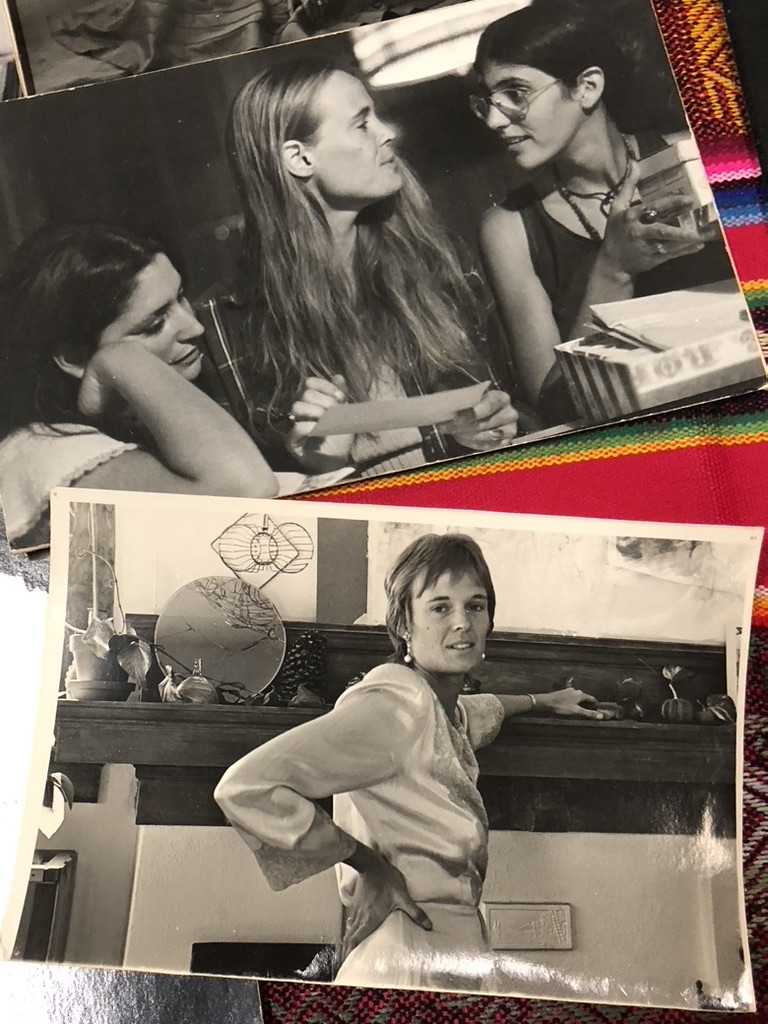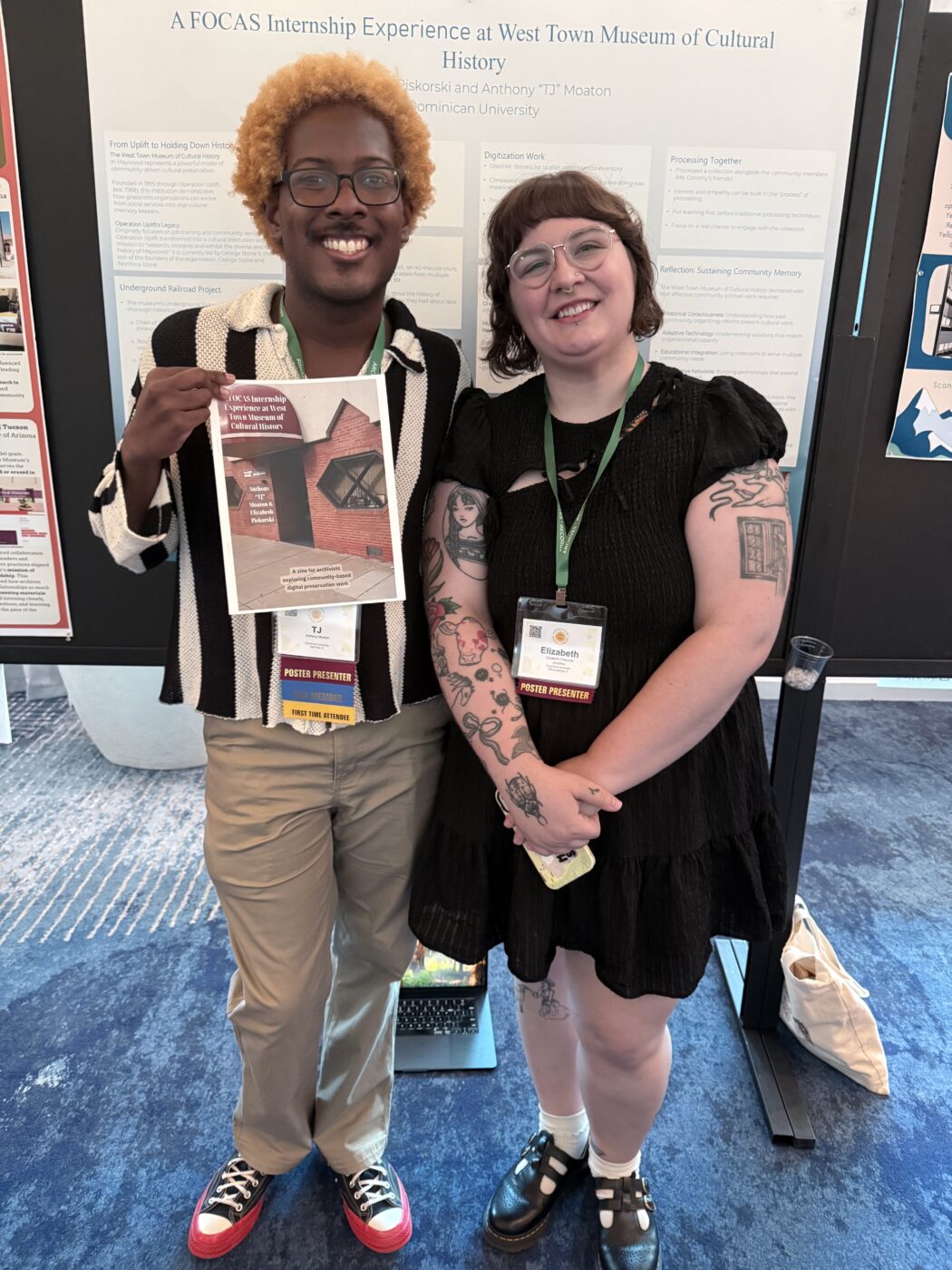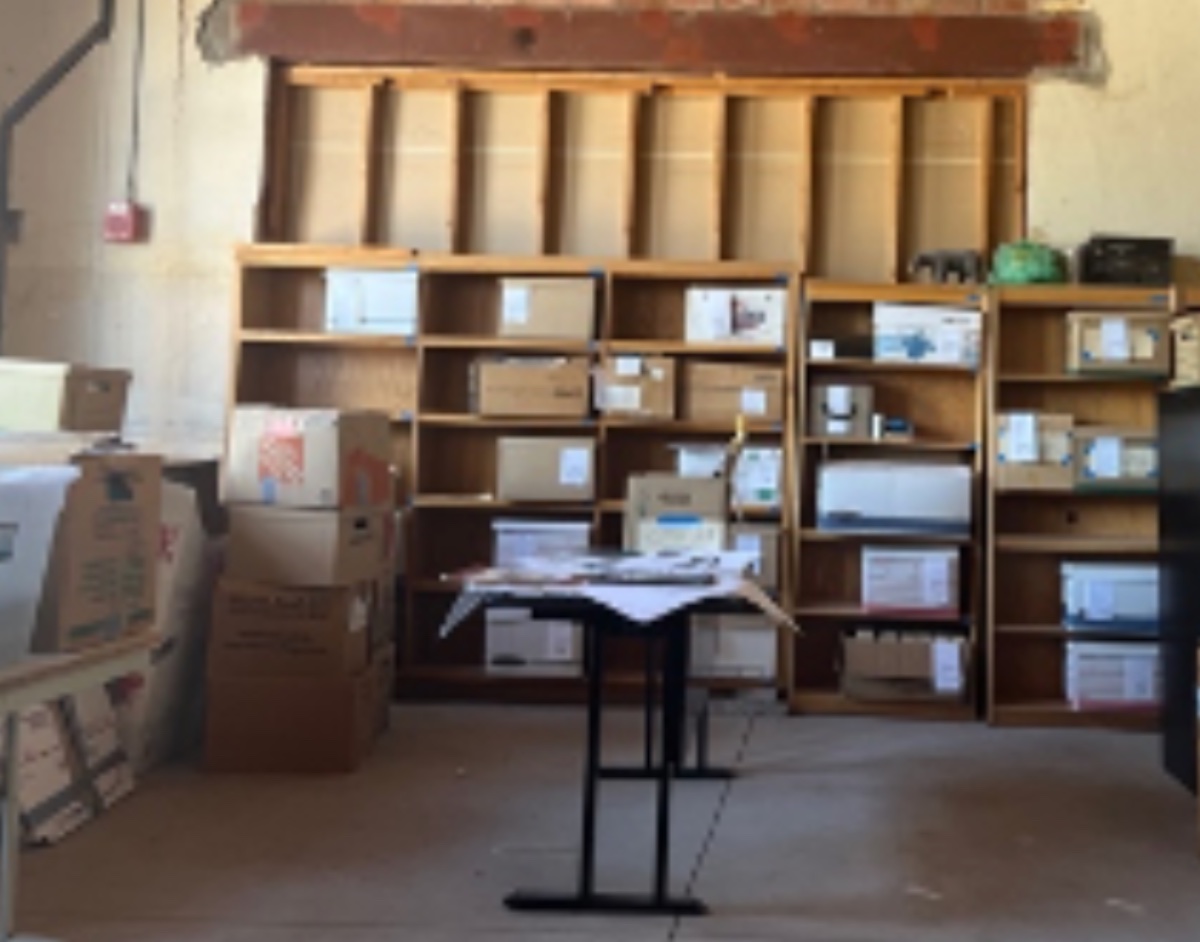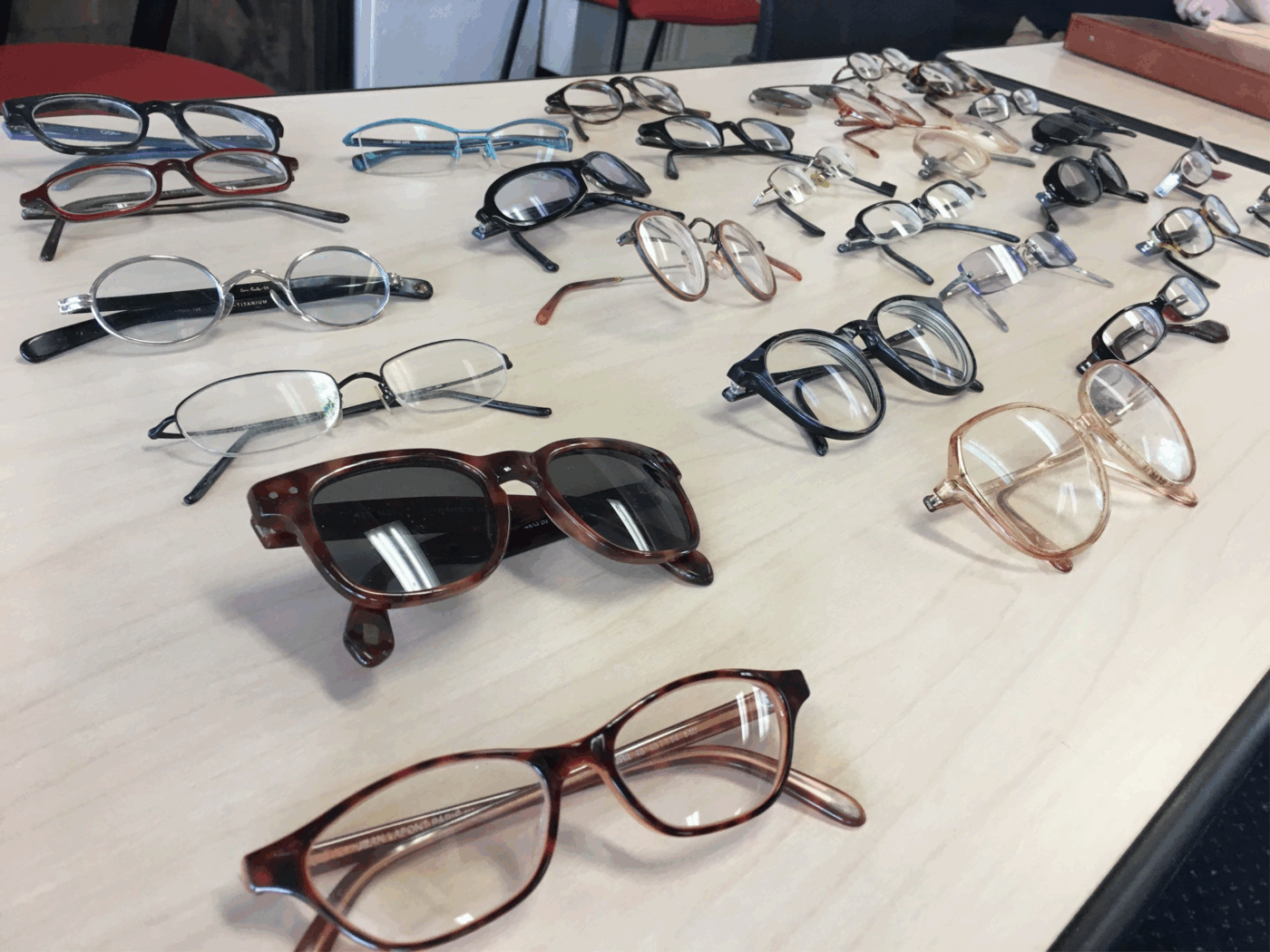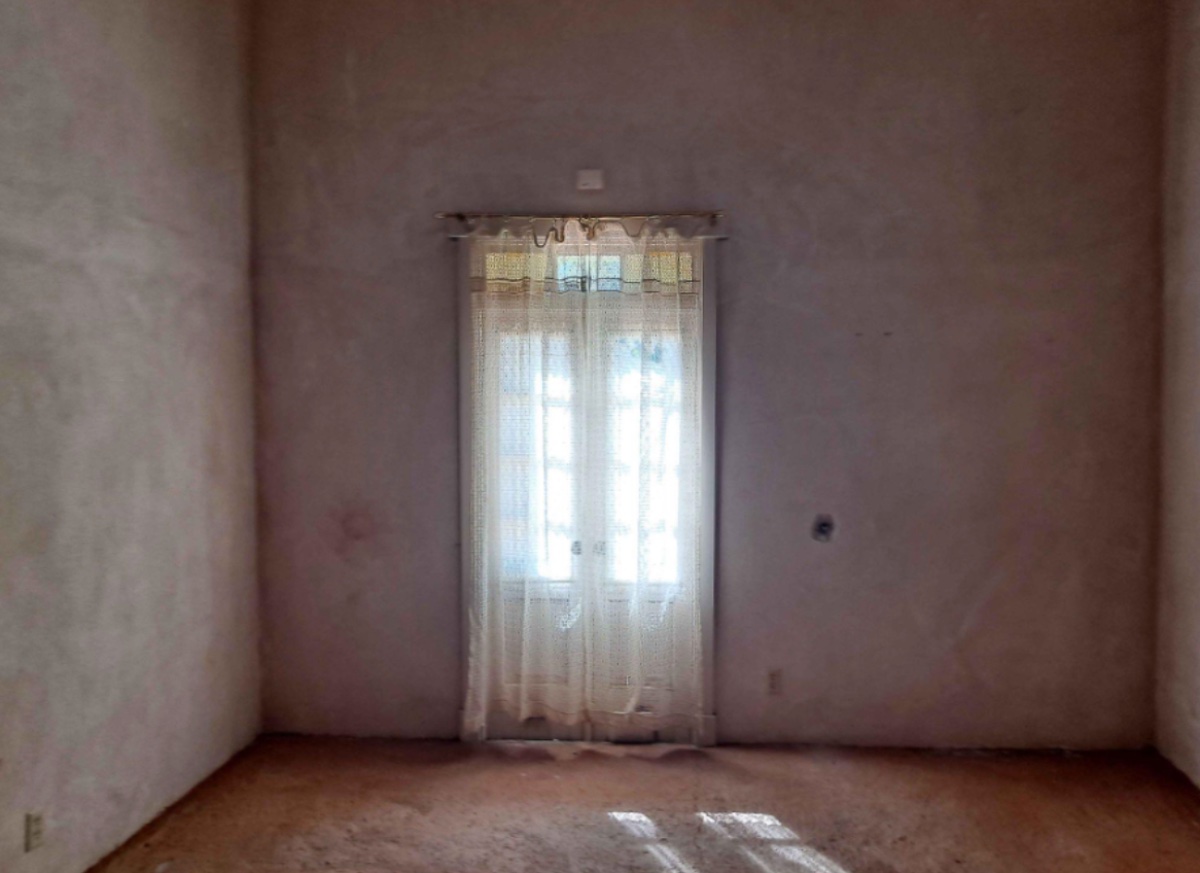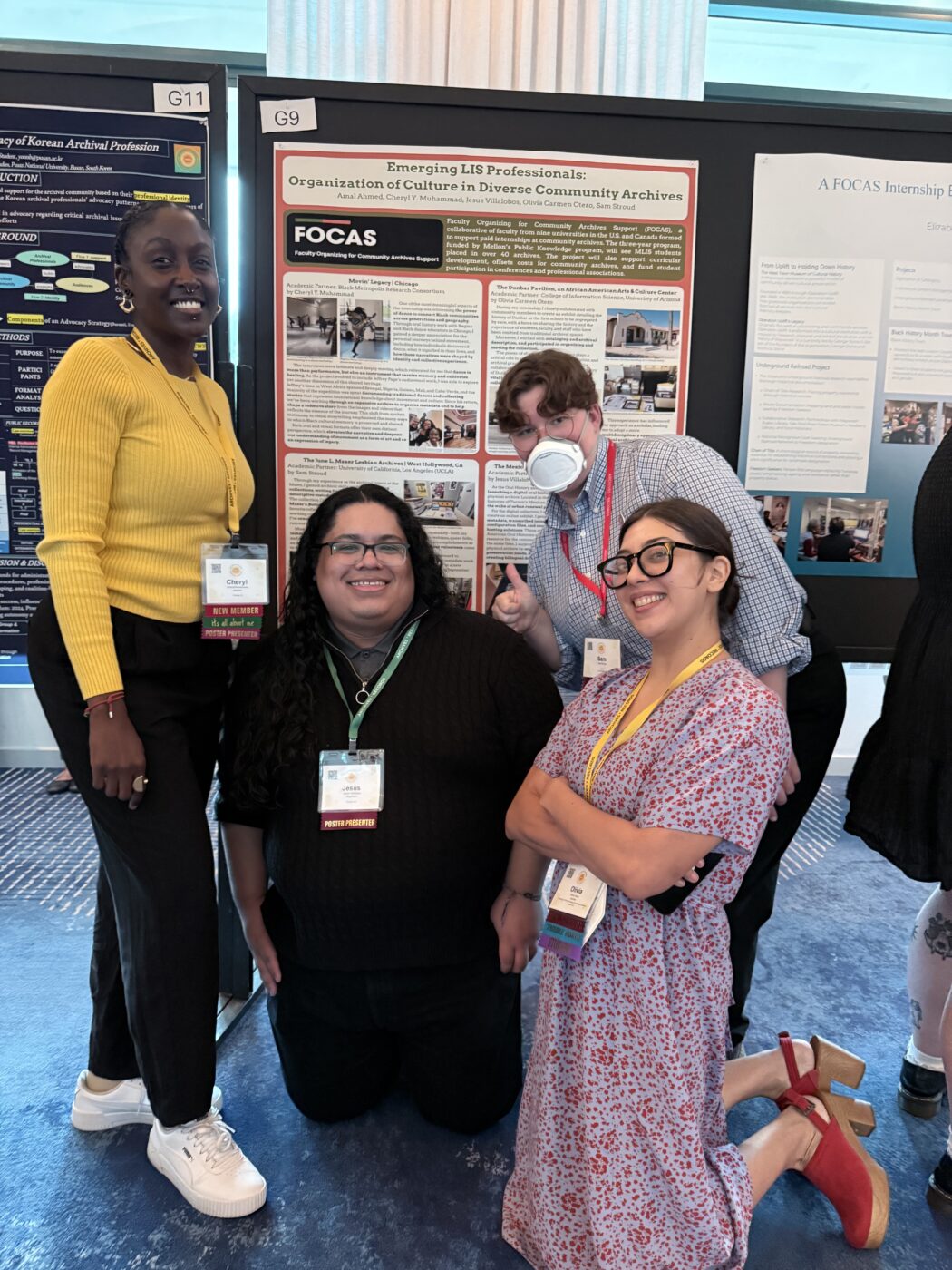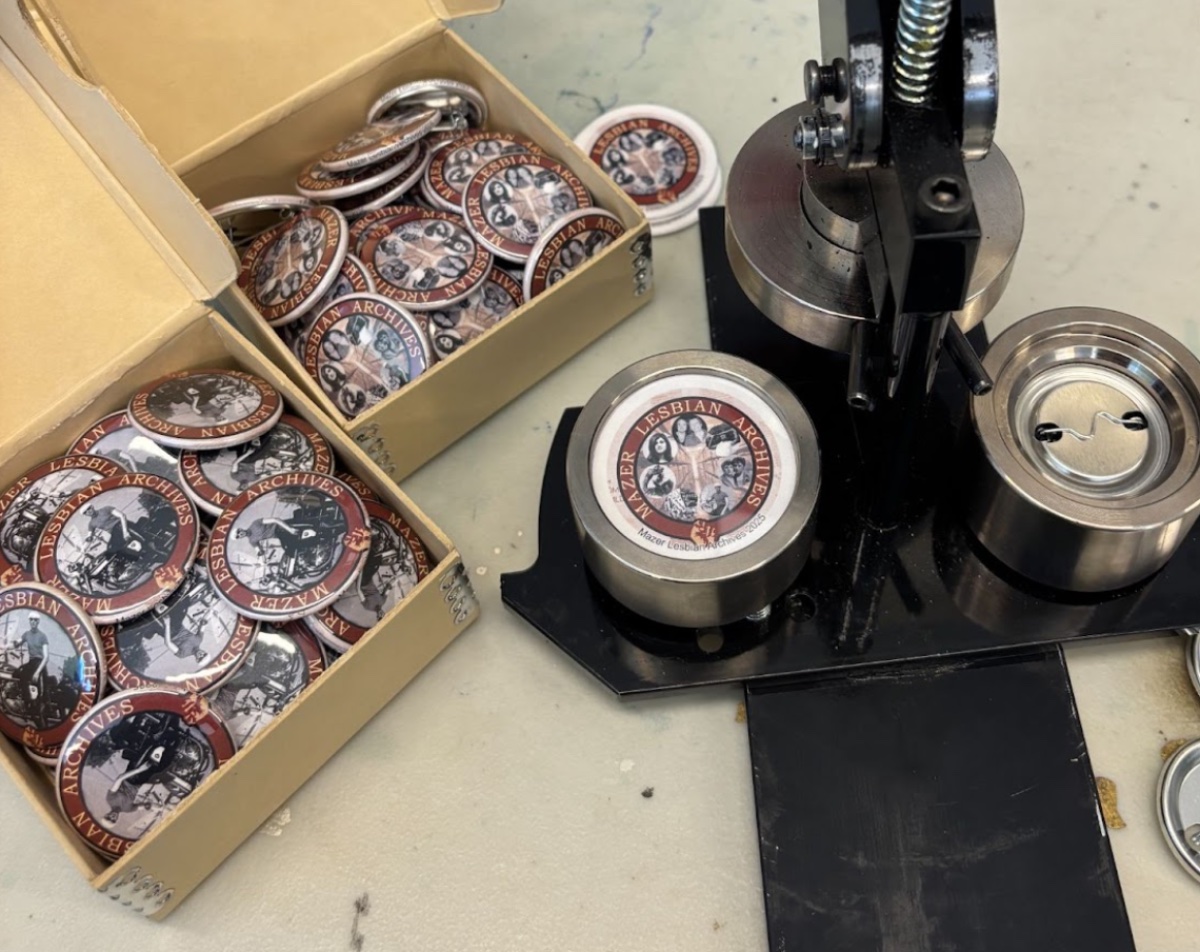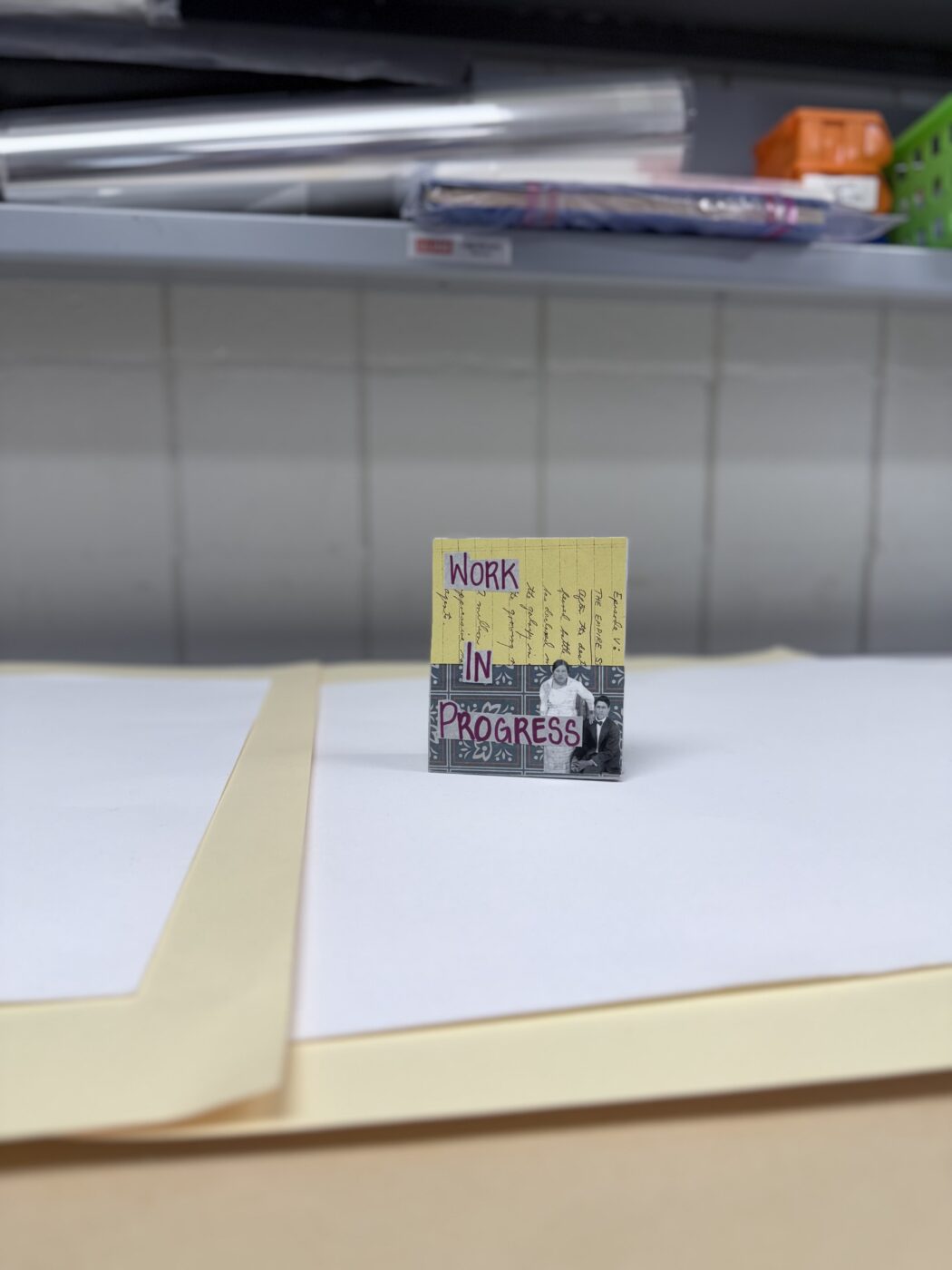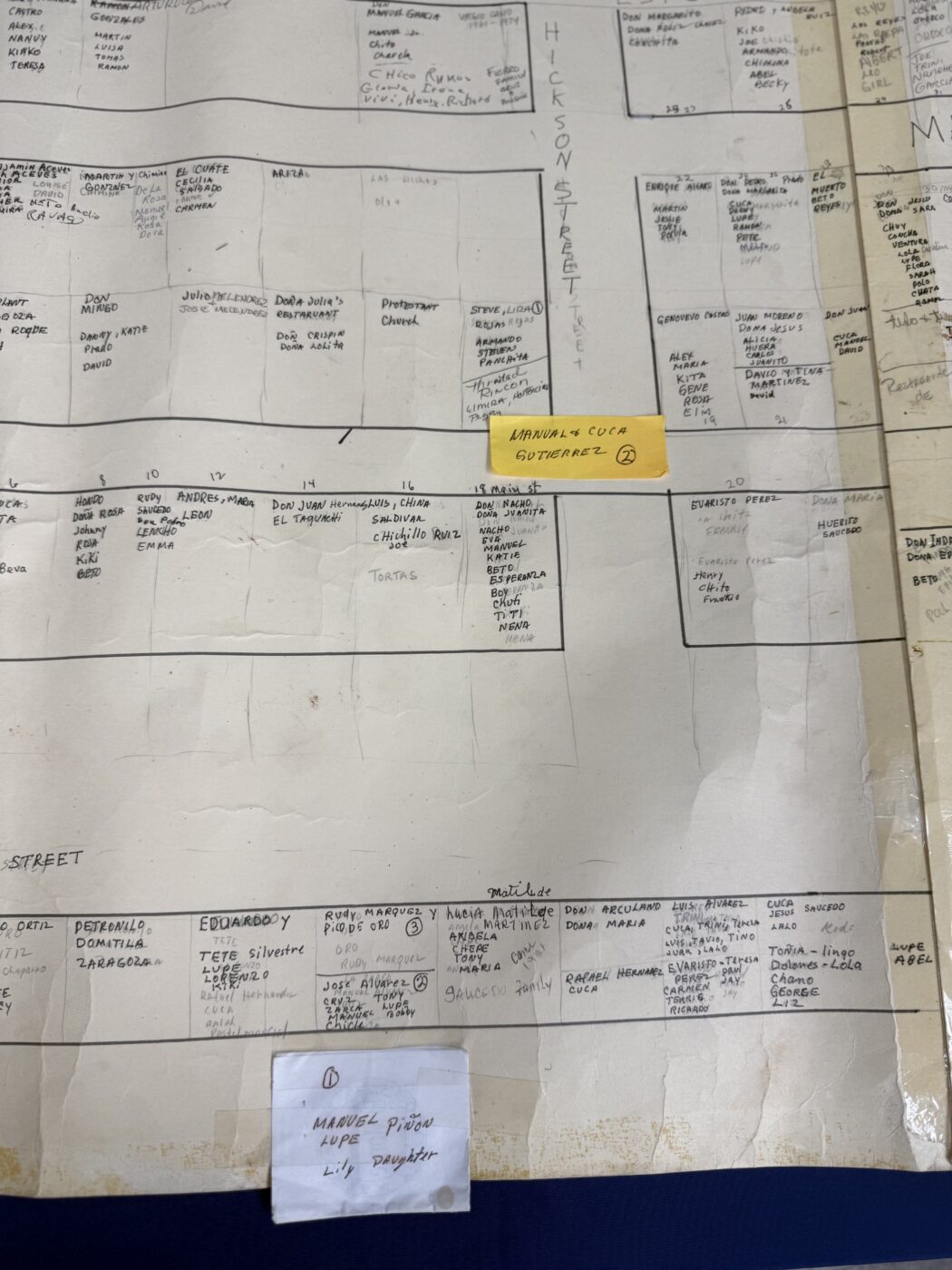Faculty Organizing for Community Archives Support
Faculty Organizing for Community Archives Support (FOCAS), a collaborative of faculty from nine universities in the U.S. and Canada that formed to support paid internships at community archives. The three-year program, funded by Mellon’s Public Knowledge program, will see MLIS students placed in over 40 archives. The project will also support curricular development, offset costs for community archives, and fund student participation in conferences and professional associations.
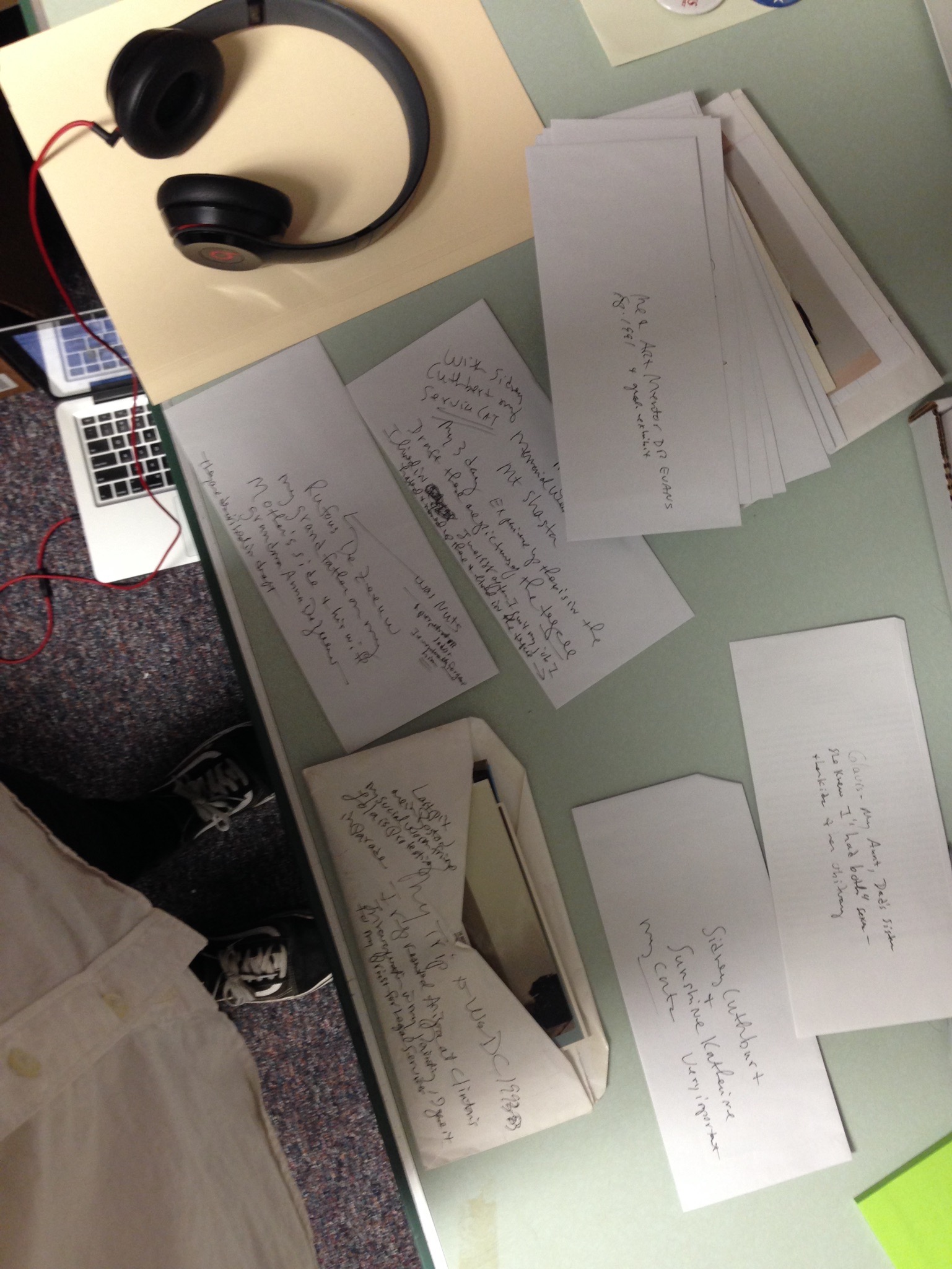

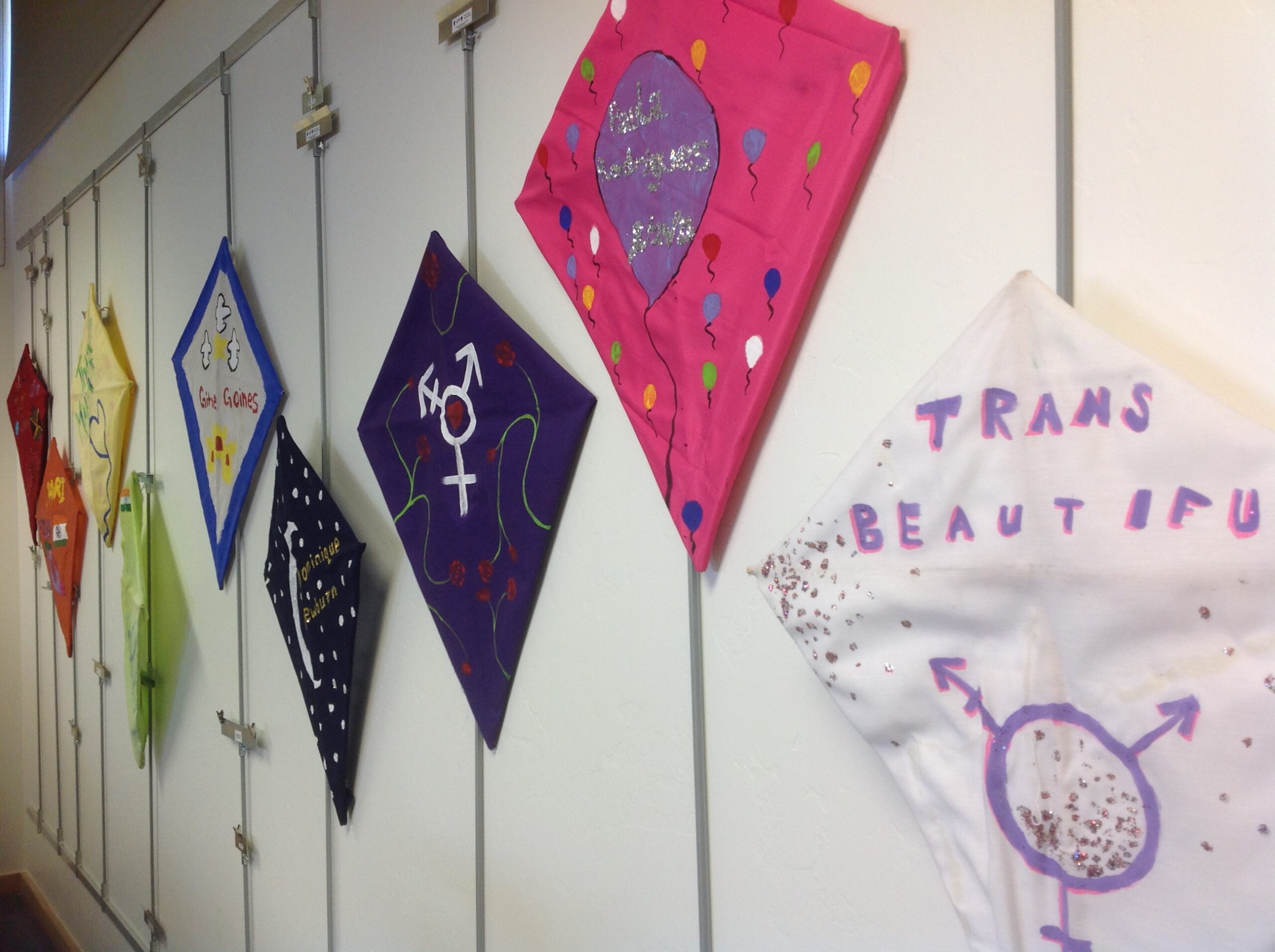
What is a community archive?
It’s complicated, political, contingent, exciting, independent, creative, stories, connected, living and breathing, and has many dynamic definitions. This is something we all continue to explore in our work in, with, about, and for communities.
Preserve Their Own Histories
…members of the community have autonomy in terms of what records they want to select for inclusion and how they choose to organize, describe, and present them. (Flinn, 2007)
For, By, About Us
These are archives for the people, by the people, that often eliminate the traditional middlemen of the professional archivist and university or government repository. (Caswell, 2014)
Living & Breathing
…an archives that is flexible and playful, a living and breathing story of our lives… space for our individual and collective complexities. (Lee, 2021)
Citational Definitions
Community archives have been variously defined as “unique” (Ramsden, 2016, p. 2), “non-public” (Harris, 1998, p. 2), “DIY institutions” (Baker and Huber, 2013, p. 266), free from outside influence (Cook, 2012; Flinn, 2011; Flinn, Stephens and Shepherd, 2009), “documenting and recording the lives of those hidden or marginal” (Flinn, 2007, p. 161), projects (Latimer, 2016), places of political activism (Caswell, 2014; Flinn and Stevens, 2009), and storytelling (Lee, 2018), constituting community through its definitions of histories, membership and boundaries (Ramsden, 2016) places that have “self-conscious sense of curation” (Long and Collins, 2016, p. 98), and “preserve the cultural impact of [an] intentional community” (Finnell, n.d.). Community archives can also be seen as “small, local, independent and oftentimes idiosyncratic” (Hurley, 2016). They are a place “through which communities can make collective decisions about what is of enduring value to them, shape collective memory of their own pasts, and control the means through which stories about their past are constructed” (Zavala et al., 2017, p. 203). (Welland & Cossham, 2019)
One of the first things that struck me in Curt’s collection was a green folder with “WILL” written on the front…

Nicole
Intern, University of Arizona
Community Archives Map
The FOCAS Mapping Project has identified and placed community archives from the US and Canada. Please visit the map. If you see that your community archives is missing, please fill out our Survey where you can add your information. If you have questions, please contact us at focascollaborative@gmail.com.
